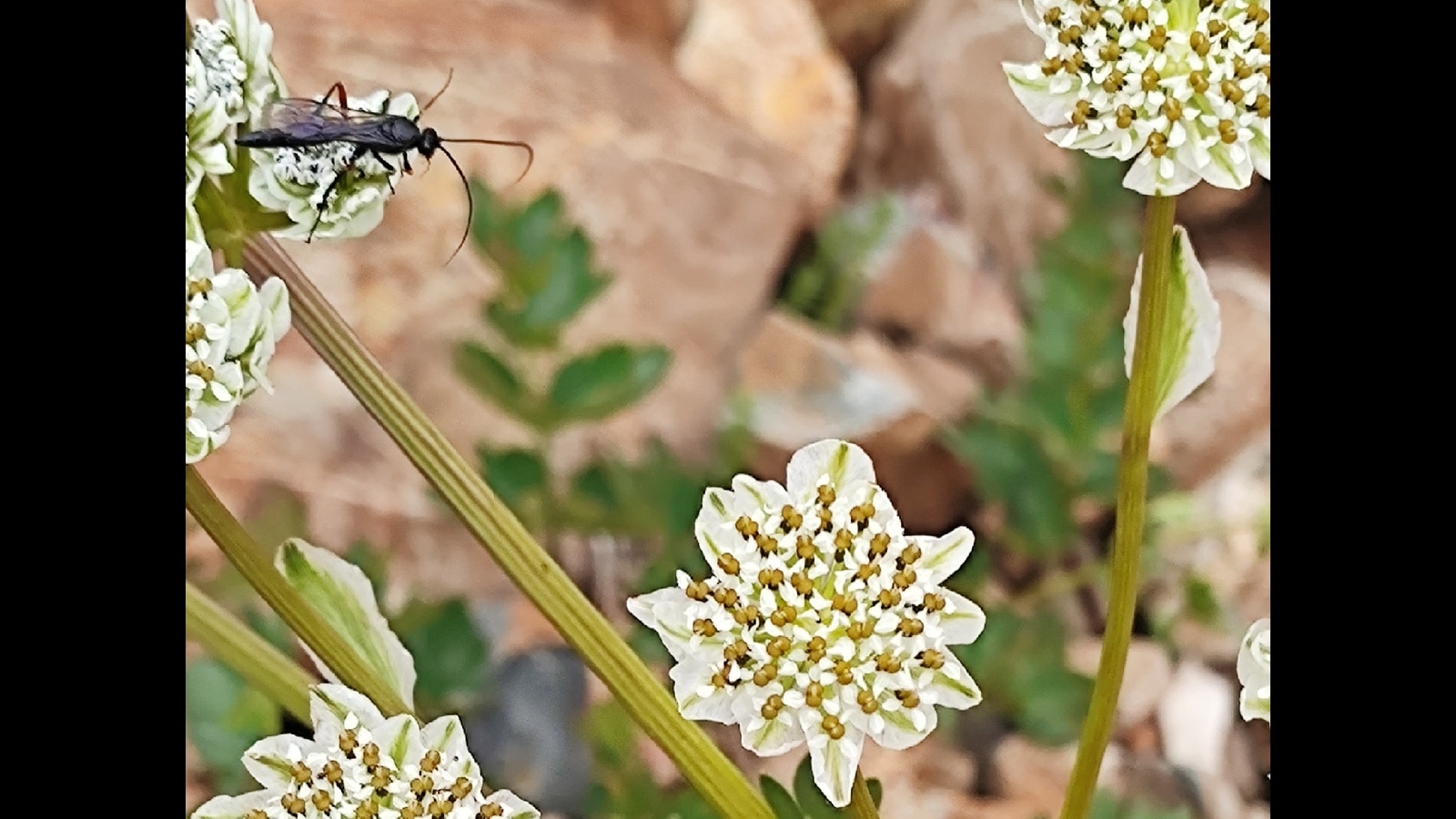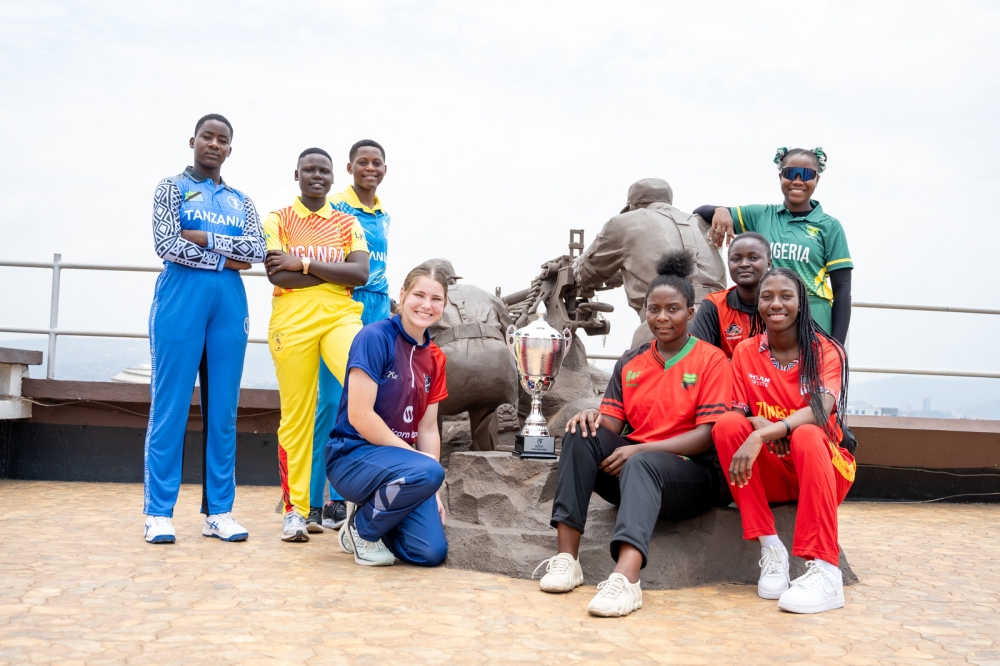Amid the beauty of the small, resilient alpine flowers of the 14,000-15,000 ft high Tololing battlefield of the Drass LoC, the proverbial “beast” was lurking. Upon one of the dainty white flowers was perched a dark, brooding insect with flaring, curved antennae that resembled in the miniature the horns of the Himalayan ibex. The insect, as identified by Mohali-based prof Gurpartap Singh, is attributable to the Ichneumonidae family of parasitoid wasps, whose global diversity could encompass a lakh of species.
Eating other arthropods alive is simply their way of life. It is a particularly thought-provoking family! Charles Darwin was so troubled by the perceived cruelty of the Ichneumonidae that it led him to doubt the nature and existence of a creator. Penning his thoughts on May 22, 1860, in a letter to the American botanist and naturalist Asa Gray, Darwin wrote: “But I own that I cannot see.

..evidence of design and beneficence on all sides of us.
There seems to me too much misery in the world. I cannot persuade myself that a beneficent and omnipotent God would have designedly created the Ichneumonidae with the express intention of their feeding within the living bodies of caterpillars, or that a cat should play with mice..
..But the more I think the more bewildered I become.
” Singh lends us a glimpse into the “world of wasp horrors” that had so deeply engaged Darwin’s thoughts. “A majority of ichneumon species attack the immature stages of insects and spiders, eventually killing their hosts. The ichneumon females inject eggs either directly into their host’s body or onto its surface.
Thus, they play a role in regulating the population of insects. Once hatched, the ichneumon larvae consume the still living host. Common hosts are larvae or pupae of butterflies, moths, beetles, ants, bees and other wasps.
Females of certain ichneumon species feed on their hosts by sipping body fluids released during egg-laying, or even piercing the host and non-host insects to suck their body fluids,” said Singh. Much as man might morally despise the “cruel wasp”, these insects also act as vital pollinators probing deep into flowers and emerging sodden in pollen like a charming “Basanti”! draped in a golden saree! “Adult wasps take a diversity of foods, including plant sap and nectar,” adds Singh. Kingdom of the high snows It is in art’s creative flourish and emphasis that the enigmatic life of the snow leopard and the mystique of the Roerichian ranges is truly captured.
The accomplished Panchkula-based artist Satwant Singh has conjured the character and majesty of the leopard’s Himalayan kingdom in his artwork titled, “Elusive yet Magnificent”. The leopard bears a regal look as it surveys the eternal snows under his suzerainty. The expression in the eyes is penetrating and far-reaching.
Commanding and quite hypnotic. The posture of the Shershah of the snows is upright and worthy of an austere aristocrat. The leopard may appear to some as a ‘cute, furry, oversized cat’ but Singh skilfully brings out the soul of a fierce “shikari” stalking the far pavilions.
Here, fair, erect peaks kiss the blue yonder as they do not hail the skies as a limit. Singh glimpsed the leopard at the Himalayan Nature Park, Kufri. It left a lasting impression on his curious mind.
He read up on the leopard and viewed documentaries on its life and behaviour. “Confucius said that to draw a bamboo reed, be a bamboo for 20 years. I attempted to get under the skin of the leopard before depicting the species in art.
My artwork of a lifetime is influenced by creatures. Born in Shimla, I was an introverted child and came to nurture a fascination for pets and animals- pigeons, dogs, rabbits, ducks, cats et al. I watched the rooster strutting in our backyard for hours and memorised every nuance of his features and his harem’s behaviour,” Singh told this writer.
[email protected].



















